SOCIAL HISTORY OF BRITAIN:
From First Humans to the Creation of Great Britain.
The book is in two edtions, the first was an ebook with comprehensive, interactive table of contents of 267 significant entries. The ebook has 144,700 words and the equivalent of 495 pages.
The second edition has a soft cover with 144,000 words; 452 pages.
The author has tried to keep all observations in context. Context means “time and place”: their time and place, not ours. It is about how the family bands of hunters and gatherers of 500,000 BC were displaced and how the lives of the island people struggled through the Dark and Middle Ages, and how they progressed to enjoy the glory of the British Renaissance and to populate the farthest reaches of the planet, spreading their lanuage while doing so..
To
answer this question, there is a review of archeological techniques and procedures. Following this is general background material to
support a narrative of the significant events in the part of Western Europe that became
Britain.
BOOK 2 is the social history of the British
Dark Ages. It begins with the end of Book 1,
the British Prehistory, and follows through the period of the first locally developed
sophisticated society. The period between 300 and 500 is a transitory period that does not wholly
fit the Dark Ages. Is this period
Romano-British or Anglo-Saxon? Perhaps it is
British-Anglo-Saxon. It
depends on the exact geographical area being discussed.
The distance between the very different Romano-British and the Anglo-Saxon cultures
could be no more than 20 miles. By this time, the once sophisticated Romano-British could be called just
“British” without any stretch of literary interpretation. These people were killed or assimilated. In a few decades, the society of pax Romana no
longer existed on the island. The British who
were left had once looked down on the previous, occupying Celts as being barbaric brutes;
and now the British had become brutes themselves.
However, now the
people desired to be better organized and function as a common people rather
than groups of isolated and often warring subcultures. Social history is a story of flesh and blood and in this story of the Middle Ages, there are names of husbands, wives, and children. They were often unknowing and unwilling actors in a real-life drama.
Spurred on by changing circumstances, the peasant-farmers left the
inoperative manors and took to the lanes looking for work.
They were seeking some relief from an outdated and harsh social condition, though
this desire was more monetary than philosophical. There
was rebellion and while this did not succeed for several reasons, it did show that the
people at the lowest strata of society were demanding change. Peasantry would continue, but strict serfdom would not. The medieval/feudal days were over. With these new thouights and desires ending an old age, many in Britain
were starting to ask questions. It is the desire for answers that defines the age of
the British Renaissance. And the most important question being asked by people at all levels of society was, "Does this really make sense?" This simple question helped many shed the old instiitutions that demanded strict observance of rituals. The people in the streets were no longer interested in being obedient to those who were elevated in rank by mere circumstance. |
Book source: To Purchase Soft Cover or ebook -- From Amazon
|
Windmill Productions copyright 2005
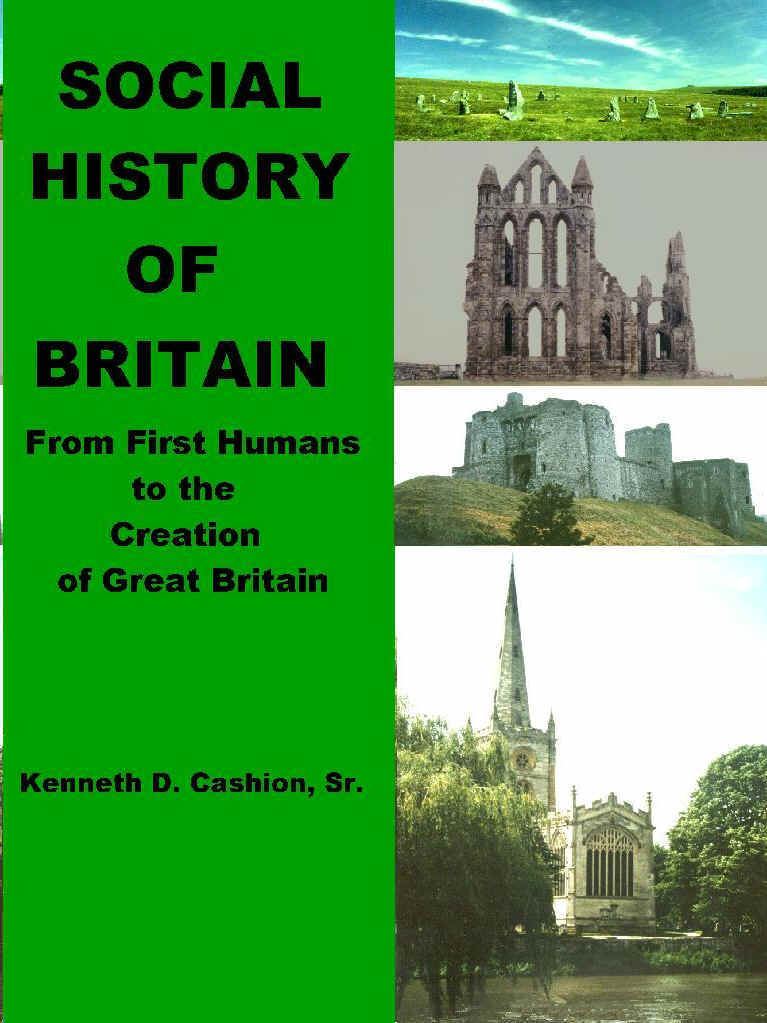
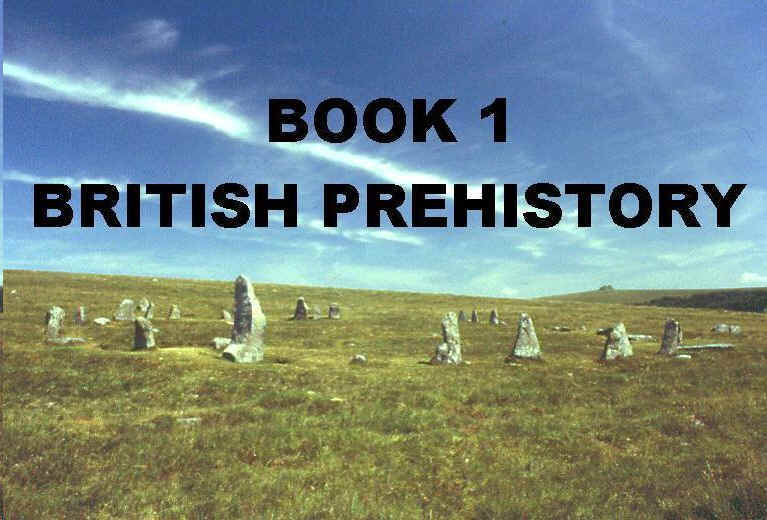
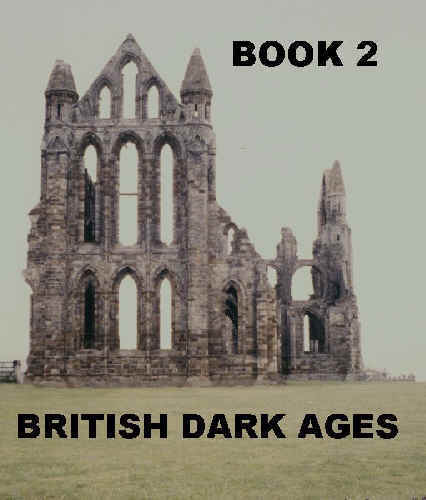
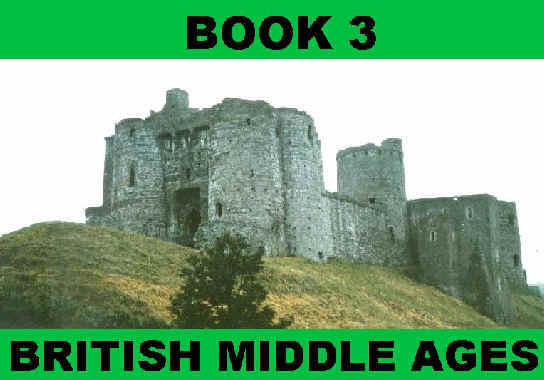 The story of BOOK 3 tells
of the earliest times when leaders were starting to appear more enlightened by Christian
learning and more humane by Christian example, yet it was far from peaceful.
The story of BOOK 3 tells
of the earliest times when leaders were starting to appear more enlightened by Christian
learning and more humane by Christian example, yet it was far from peaceful.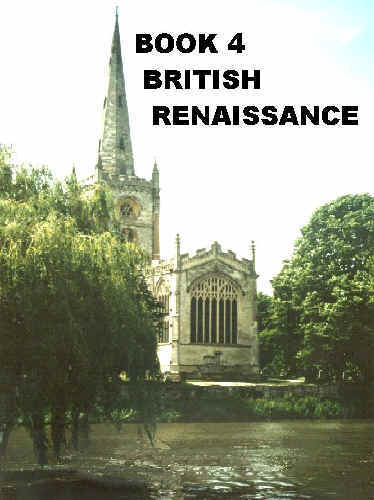 BOOK 4 details the significance of the
Renaissance.
BOOK 4 details the significance of the
Renaissance.